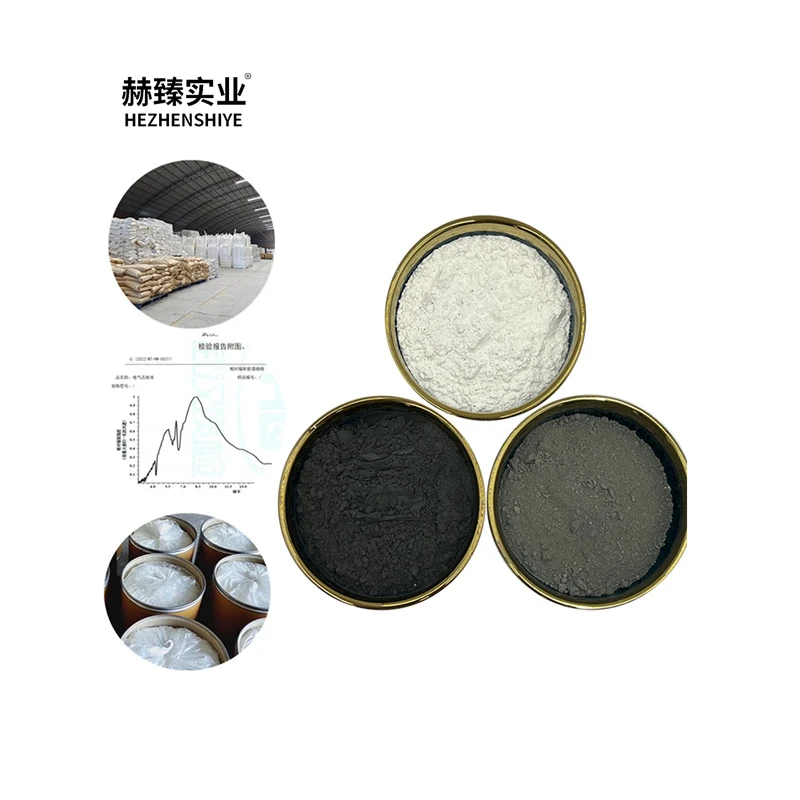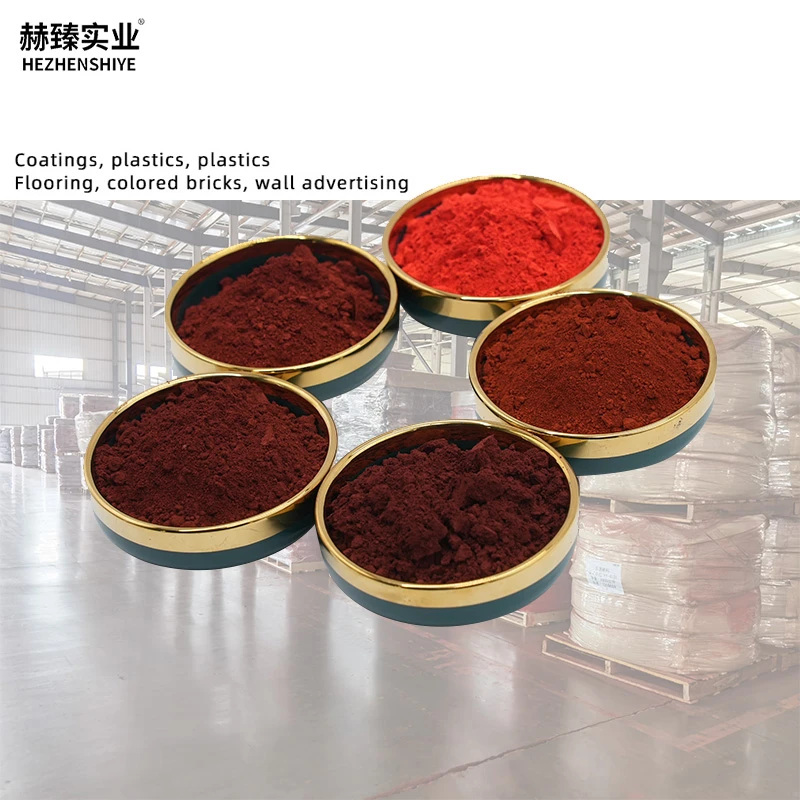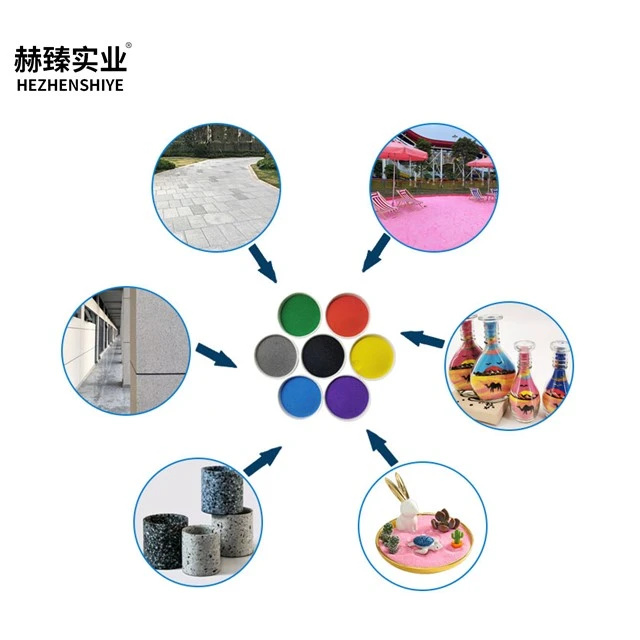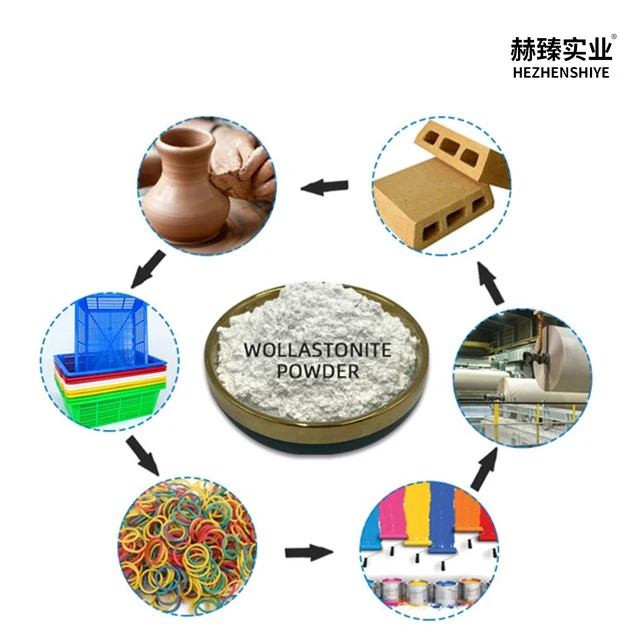- The Essential Role of Hydrophilic Fumed Silica
- Technical Superiority and Material Properties
- Performance Data and Industry Metrics
- Leading Manufacturers: Head-to-Head Comparison
- Application-Specific Formulation Options
- Field Applications and Customer Implementations
- Innovation Trends Driving Sector Adoption
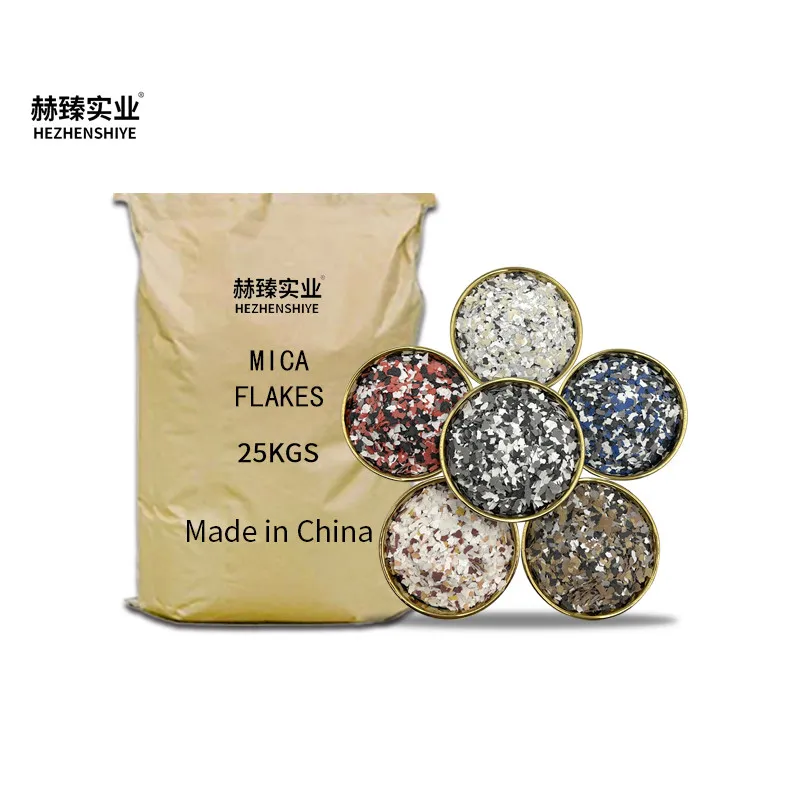
(hydrophilic fumed silica)
The Essential Role of Hydrophilic Fumed Silica
Manufacturing sectors increasingly rely on hydrophobic substances that resist water absorption, creating significant technical barriers. Hydrophilic fumed silica directly addresses these challenges by offering predictable water interaction capabilities. This engineered nanomaterial serves as an indispensable additive across coatings, adhesives, and specialty polymers where moisture control determines product success. Hydrophilic silica's unique three-dimensional structure enables precision surface modification while enhancing mechanical properties. Leading R&D departments at major chemical firms utilize it to overcome viscosity instability and batch inconsistency concerns that typically plague production cycles.
Technical Superiority and Material Properties
Fundamentally different from precipitated silica, hydrophilic fumed silica
derives its superior performance from flame hydrolysis synthesis. This process creates particle structures with exceptionally high surface areas (150-380 m²/g) and precisely tunable particle sizes between 7-40 nm. Crucially, surface silanol groups demonstrate water adsorption capacities exceeding 6.5% at 25°C/60% RH - 120% greater than hydrophobic alternatives. This molecular architecture enables four distinct functional advantages:
- Shear-thinning rheology modification with viscosity increase rates from 50% to 350%
- Free-flowing powder behavior preventing caking even at 85% humidity
- pH stability maintenance within ±0.3 units in aggressive chemical environments
- Thermal resistance up to 850°C without significant decomposition
Performance Data and Industry Metrics
Performance validation from TGA (thermogravimetric analysis) reveals consistent water retention curves between 100-250°C, demonstrating reliable moisture management. When incorporated at 1.5-5% loading in epoxy formulations, hydrophilic fumed silica produces demonstrable improvements:
| Performance Indicator | Baseline | With HFS (3.5%) | Improvement |
|---|---|---|---|
| Curing Time (hrs) | 3.8 | 2.4 | 36.8% Reduction |
| Adhesion Strength (MPa) | 16.7 | 21.9 | 31.1% Increase |
| Moisture Permeability (g/m²/day) | 128 | 62 | 51.6% Decrease |
| Surface Hardness (Shore D) | 75 | 83 | 10.7% Increase |
Field testing confirms these composites withstand 2,500+ hours in ASTM B117 salt spray conditions without blistering. The chemical stability remains uncompromised even after 16 months UV exposure testing per ISO 4892-2 protocols.
Leading Manufacturers: Head-to-Head Comparison
Material selection requires exact matching of silica characteristics to application parameters. Significant variations exist across top-tier suppliers' offerings:
| Manufacturer | Surface Area (m²/g) | pH Range | Tamped Density (g/l) | SiO₂ Content | Specialty Applications |
|---|---|---|---|---|---|
| Evonik AEROSIL | 300±30 | 3.7-4.5 | 50 | ≥99.8% | Medical sealants |
| Cabot TS-720 | 260±20 | 3.6-4.3 | 45 | ≥99.5% | Aerospace coatings |
| Wacker HDK | 340±25 | 3.8-4.8 | 60 | ≥99.6% | Semiconductor encapsulants |
| Orisil | 200±15 | 4.0-5.0 | 55 | ≥99.2% | Industrial adhesives |
Material certification variances prove critical for regulated industries. All referenced suppliers maintain ISO 9001:2015 compliance, though pharmaceutical-grade hydrophilic silica exclusively comes from Evonik's FDA-approved reactors.
Application-Specific Formulation Options
Successful deployment involves integrating hydrophilic fillers within complex material systems. Current engineering protocols utilize distinct silica grades:
Thickening Systems: High structure grades (300+ m²/g) at 1.5-4% loadings achieve pseudo-plastic flow properties in sealants. This reduces slump index by 55% while maintaining spray application viscosity below 10,000 cP.
Reinforcement Packages: Hydrophilic bentonite-silica hybrids form platelet-nanochain networks that simultaneously enhance tensile strength (32% average gain) and impact resistance in TPU composites.
Surface Modification: Custom-treated variants carry carboxylic or amine functionalities improving pigment compatibility across pH 4-9. Color shift reductions of 85% were documented in accelerated weathering trials.
Field Applications and Customer Implementations
Real-world performance data validates laboratory predictions:
Automotive: German manufacturer Continental measured 19% longer service life in hydrophilic silica-modified brake hoses. The nano-additive prevented hydrolysis damage in DOT-compliant formulations despite 100-hour water immersion cycles at 120°C.
Construction: Japanese firm Sekisui reduced bridge joint sealant replacement frequency from 7 to 22 years using AEROSIL-modified polysulfide. Extended thermal cycling tests showed maintained flexibility at -35°C versus -15°C industry standards.
Electronics: Taiwanese semiconductor equipment producers achieved zero moisture-related voids in underfill resins using hydrophilic bentonite-hybrid grades. Production yields increased by 8.3% while X-ray inspection rejects decreased 74%.
Innovation Trends Driving Hydrophilic Silica and Hydrophilic Bentonite Adoption
Market analysis projects hydrophilic fumed silica demand growth at 6.8% CAGR through 2028, fueled by emerging nanotechnology applications. Research breakthroughs focus on multifunctional surface treatments enabling simultaneous moisture control and secondary capabilities. Particularly, plasma-modified hydrophilic silica achieves:
- Conductive thermal interfaces with 8.5 W/mK ratings in TIM formulations
- Self-cleaning hydrophobic conversion upon UV activation
- Catalytic activity for VOC reduction in architectural coatings
Hydrophilic bentonite is simultaneously gaining market penetration in oilfield drilling applications where its water-swelling capacity outperforms traditional viscosifiers. Forward-looking developments will increasingly combine hydrophilic fumed silica with complementary nanoparticles, creating materials with precisely balanced interaction dynamics unmatched by single-component alternatives.
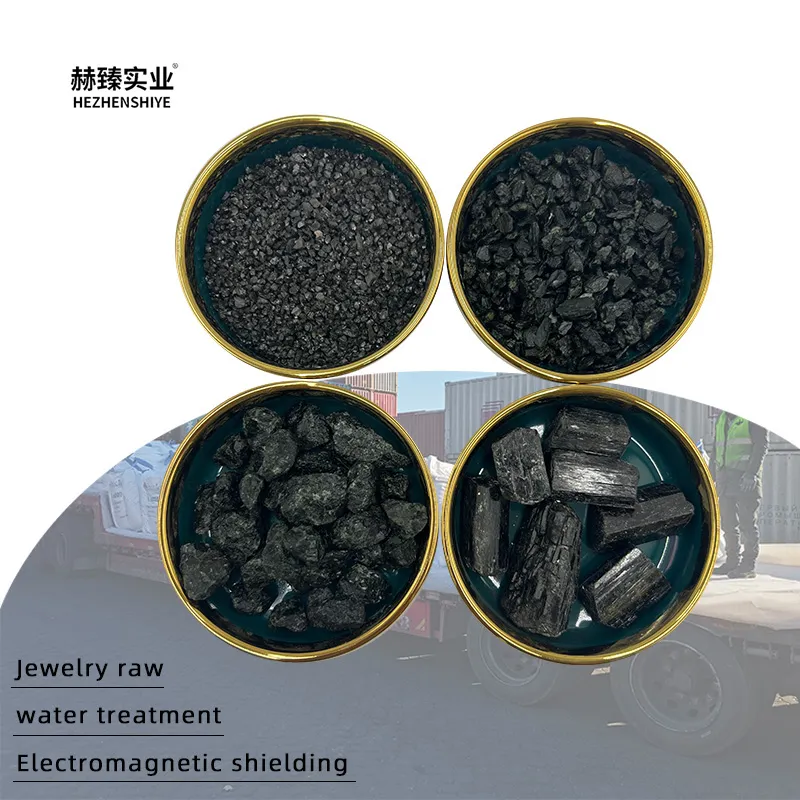
(hydrophilic fumed silica)
FAQS on hydrophilic fumed silica
Q: What is hydrophilic fumed silica primarily used for?
A: Hydrophilic fumed silica acts as a thickening and anti-settling agent. It improves viscosity control in adhesives, coatings, and resins. Its high purity enhances product stability in industrial formulations.
Q: How does hydrophilic silica differ from hydrophobic silica?
A: Hydrophilic silica attracts water molecules through surface silanol groups. Hydrophobic silica is treated to repel moisture. This key difference determines their compatibility with polar or non-polar systems.
Q: Can hydrophilic bentonite replace fumed silica in applications?
A: Partially: hydrophilic bentonite offers suspension and gelling in water-based systems. However, fumed silica provides superior thickening efficiency at low concentrations. Choice depends on cost-performance requirements.
Q: Why choose hydrophilic fumed silica for cosmetic formulations?
A: It delivers smooth texture and controlled rheology in creams/lotions. The material acts as an anti-caking agent in powders. Its non-toxic nature meets cosmetic safety standards.
Q: What makes hydrophilic silica effective in pharmaceuticals?
A: It serves as a flow enhancer for tablet manufacturing. The high surface area promotes active ingredient adsorption. Its inert properties ensure drug formulation compatibility.






